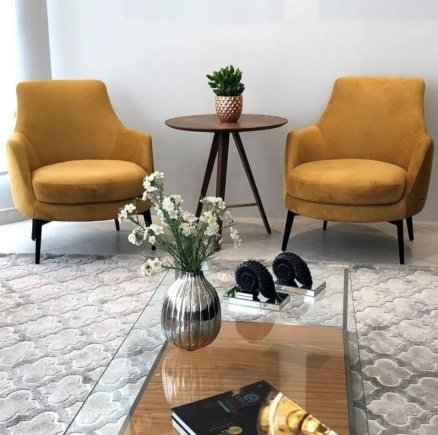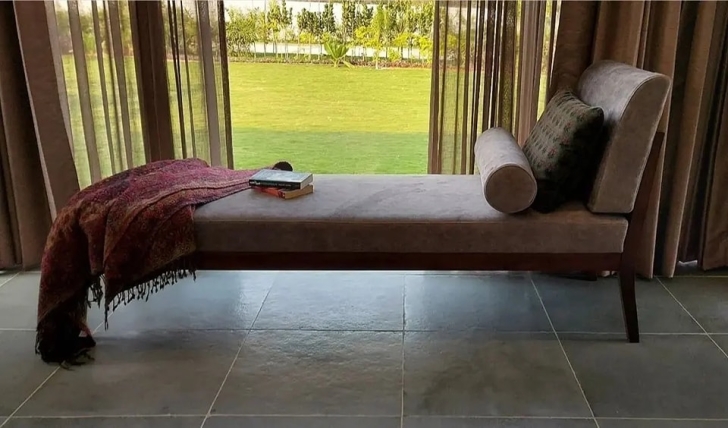
How to become an interior designer
Interior Design is merging science and the art of understanding people’s behavior to create functional spaces that are aesthetically pleasing.
Advertisement
Over a period of time, it has evolved into a rewarding multifaceted profession which includes conceptual development, site inspections, research, communication with stakeholders, construction management all leading towards the execution of a particular project.
There are three scopes that split the interior design into three conservative roles and these are commercial interior design, residential design and specialist interior design.
Commercial interior design deals with businesses mostly aligning materials, colors and furnishings to aid in brand success. Examples of such will be hospitality, retail, sports and corporate.
Residential interior design deals with homes where spaces available are turned into practical and functional space.
Specialist interior design as the name suggests cater for event design, production design, etc.
It is thus crystal clear that there are several career opportunities which one can choose from but it is important that one get some form of training or attributed education towards it.
You will be dealing with lines, colors, measurements, concepts, money and technology in advanced forms.
Most importantly every design decision you make affects the building and you will be dealing with architects who are technically trained so you must be on the same page with them in terms of technical expertise.
The good news is a growing demand for interior designers especially in commercial and residential spaces across Ghana.
We have a growing skyline of real estate with people and organisations looking for top notch designers to furnish it in such a way to reflect their immediate taste, design and budget.

If this is something you think you would want to be a part off, here are a few specific off shoots that one can learn and become well versed in to make money.
• Furniture designer: Furniture designers create and design furniture pieces that are both functional and stylish. They work with clients to determine the type of furniture they need and then design and produce custom pieces to meet their needs.
• Home stager: Home stagers are responsible for preparing homes for sale by arranging furniture, décor and accessories to make the space more appealing to potential buyers. They work closely with real estate agents and homeowners to stage homes and help them sell quickly and for the best price.
• Interior decorator: Decorators focus more on the aesthetics of a space, such as selecting and arranging furniture, décor and accessories to create a cohesive and stylish look. They work with clients to understand their preferences and style and then use their expertise to transform a space.
• Upholsterer: Upholsterers work with fabrics and materials to cover and repair furniture pieces such as sofas, chairs and beds. They may specialize in creating custom upholstery pieces or restoring antique furniture.
• Textile designer: Textile designers create patterns and prints for fabrics used in interior furnishings such curtains, upholstery and throw pillows. They may work for textile companies or freelance to create custom design for clients.
• Event decorator: Event decorators specialize in creating stylish and memorable décor for events such as weddings, parties and corporate functions. They work closely with clients to understand their vision and then create beautiful and unique designs to bring their event to life.
• Art curator: Art curators specialize in selecting and displaying artwork in homes and businesses. They work with clients to choose pieces that complement their space and style and may be also help with framing, hanging and lighting the artwork.
In conclusion, the best way to get experience is to find a suitable internship and be totally committed to the work.
Spend that time researching interior design companies that you would like to work with and send applications.
Also spend time reading online about designers and concepts they are working on internationally.
Download apps such as Houzz, Pintrest, Havenly, MagicPlan etc. and learn how to use them.
Consider taking on some small projects for family and friends to help improve your portfolio. Don’t stop learning.
By Amma NaaBia Boachie-Danquah
Email: [email protected]




